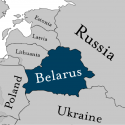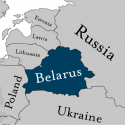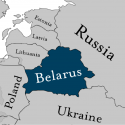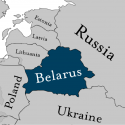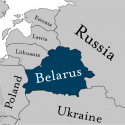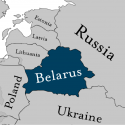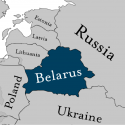Belarus Warning Update: Lukashenko Mobilizes Military to Western Border as Local Protest Organization Emerges
Aug 22, 2020 - ISW Press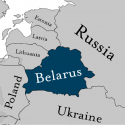
2:30 pm EDT: Belarusian President Alexander Lukashenko fully mobilized the Belarusian military and continued to emphasize his false claims of a NATO military threat on August 22. Lukashenko traveled to the Western region of Grodno, bordering Lithuania and Poland, on August 21 and 22. Grodno has previously been a protest hotspot and was the site of the only major defection (now suppressed) by regional officials to date in Belarus on August 18. Lukashenko claimed during a meeting with military officers in Grodno that the West continues to attempt a “color revolution” against Belarus but that Belarusian authorities remain in place and are “strongly resisting.” Lukashenko falsely claimed NATO is mobilizing troops in Poland and Lithuania to add an “external factor” as this color revolution falters. NATO is not mobilizing protests and protests remain strong. Lukashenko additionally continued his efforts to reorient the Belarusian crisis as a struggle between NATO and Russia, stating NATO wants to use Belarus as a “springboard” to destroy Russia later.


